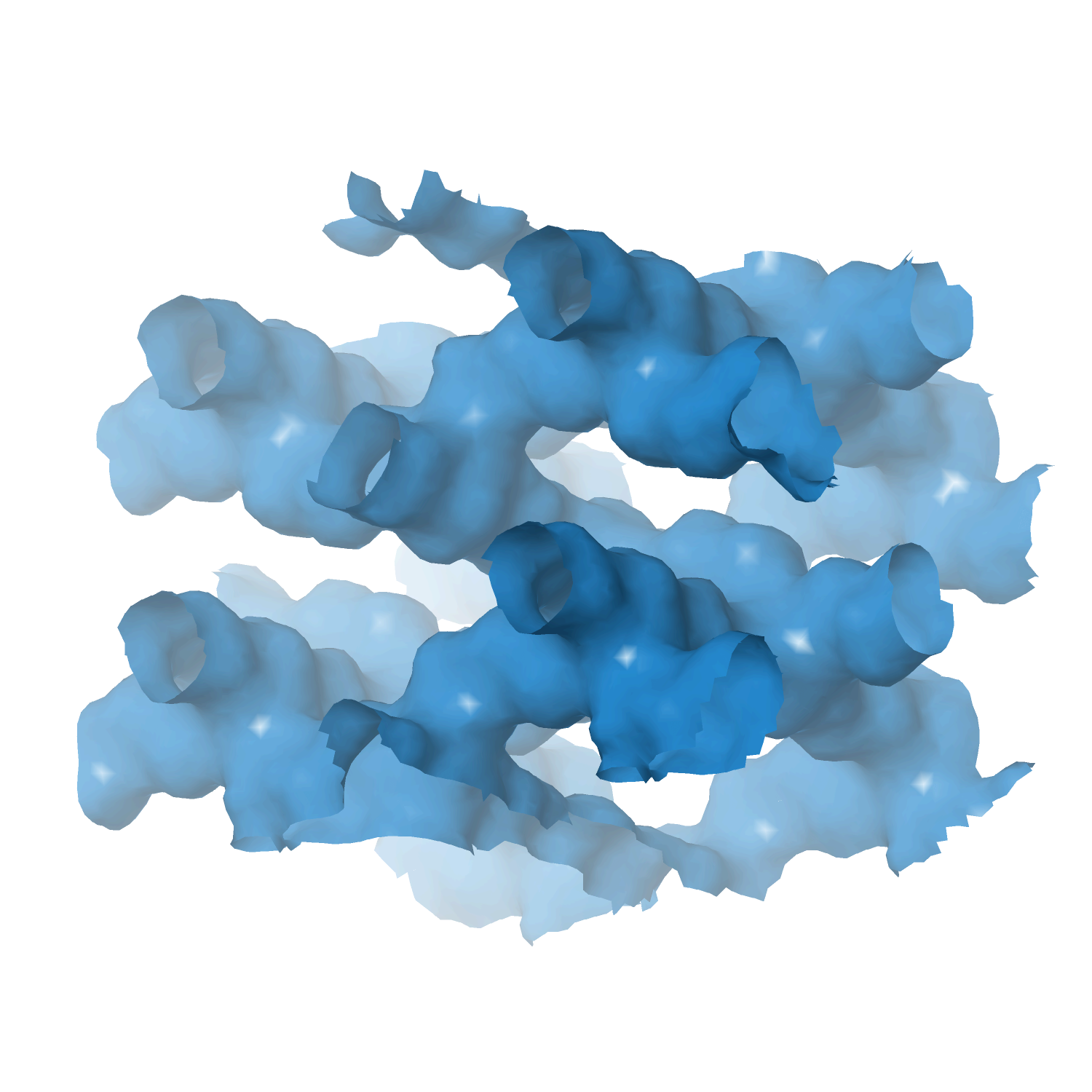Heterogeneous catalyst engineering ⇒ from stable and deactivation resistant to viable technical catalyst
Advances in heterogeneous catalyst “structure” are driven to improve their “function” or performance, i.e., activity, selectivity, and stability. Cooperative research is required to understand the structure and function relationships: developing new synthesis protocols for heterogeneous catalysts with unique surface properties, defined porosity, identification and understanding of catalytically active sites, reaction mechanisms, and finally, prediction and analysis of the processes using various computational tools.
Our group focuses on developing new catalyst formulations using innovative synthesis routes for various important heterogeneous catalysts. That includes thermal, electro, and bio-electro catalysis.
The active phase cannot be used directly in its final application or reactor for various reasons, including poor mechanical resistance, heat or mass transport, and fluidization features. We must mix the active phase with other ingredients in a matrix of binder and filler, while we shape it into a technical catalyst. We investigate new synthetic protocols for technical catalysis using spray drying and fluidized beds to cover the whole range of sizes. At the same time, we incorporate additional (unconventional) ingredients such as SiC to improve some features even further.
- Technical catalyst I ⇒ spray drying and extrusion
- Technical catalyst II ⇒ spray fluidized bed reactor
- Technical catalyst III ⇒ electrospinning
- Zeolite catalysts ⇒ with defined structure/porosity
- Multi-metal (high entropy) alloy catalysts
- MXene catalysts ⇒ single and multi-dimensional
- Perovskite catalysts
- Metal-organic framework (MOFs) catalysts
- Supported metal/metal-oxide catalysts
- Aerogel catalyst
Upgrading of Bio-Liquids on Different Mesoporous Silica-Supported CoMo Catalysts
by
Nava, Pawelec, Castaño, Alvarez-Galvan, Loricera, Fierro
Appl. Catal. B: Environ.
Year:
2009
Abstract
Bio-liquids upgrading via catalytic hydrotreating represents an alternative route to produce liquid hydrocarbon fuels. In this paper, the upgrading of an olive oil production-derived by-product has been conducted in a down-flow fixed-bed reactor at 250 °C, 3 MPa with sulfided CoMo catalysts. The catalysts were prepared by successive impregnation (with Mo being introduced first) and supported on different mesoporous silicates (DMS-1, SBA-15, SBA-16, HMS) with the aim to study the effect of support morphology on the catalytic response of sulfided CoMo catalysts. The supports and/or calcined catalysts were characterized by N2 adsorption–desorption isotherms, XRD, TPR and TPD-NH3 techniques. In addition, spent catalysts were studied by XPS, HRTEM and TPO/TG techniques. All sulfide CoMo catalysts were stable for 5 h of time-on-stream (TOS) reaction and recorded higher activity than a commercial sulfide NiMo/Al2O3 catalyst. The catalysts supported on the SBA-15, SBA-16 and DMS-1 materials were much more effective for oxygen removal than the HMS-supported one. The enhancement of activity was explained in terms of higher active phase exposure and increased acidity. It was found that support morphology affected the distribution of useful products. Considering the balance of desirable and undesirable products, the CoMo/SBA-16 catalyst had an optimal performance.
Keywords
HPC
HCE
W2C
